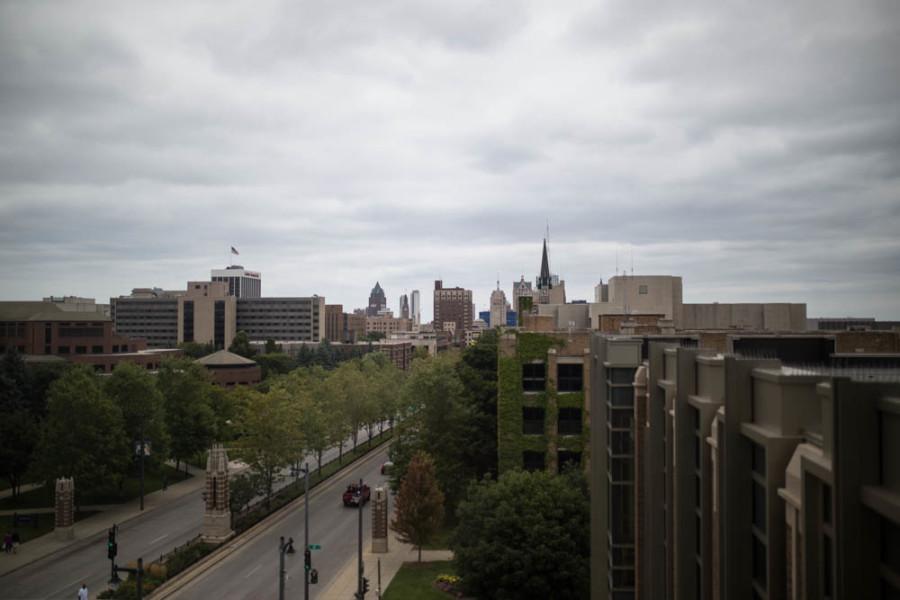University President Michael Lovell will work with the Greater Milwaukee Committee’s Innovation in Milwaukee (MiKE) initiative to develop a way to measure the intangible quality of innovation in the city of Milwaukee.
Lovell, a co-chair of MiKE, first learned about the regional innovation index after attending a meeting of the Coalition of Urban and Metropolitan Universities, where he saw a presentation that discussed the regional innovation index.
“Innovation is something we’ve always striven to measure at MiKE, but given its rather broad definition, we’ve had a hard time finding a way to accurately measure innovative activity in the region,” said Michael Hostad, executive director of Innovation in Milwaukee, in an email.
Hostad said an innovation index will give the region a measurement to allow for comparisons with other areas around the country.
“This index will allow us to coordinate our efforts and measure our effectiveness,” Hostad said. “A highly innovative region can bolster economic growth while attracting and retaining top talent.”
MiKE is following the lead of researchers at Indiana University to define specific metrics that will create an index to measure innovation in Milwaukee.
The four metrics that make up the index are human capital, resources and support available for entrepreneurs, productivity/employment and economic well-being. Based on the four components of the regional innovation index, Milwaukee County currently has an innovation index number of 91.4 out of 100, according to the index on Stats America.
Lovell said this score has a lot of potential for growth.
“We can focus on different components to go into the overall formula to try to increase the score,” Lovell said. “For example, MiKE can focus on creating more opportunities for entrepreneurs for things like The Commons, or things going on on campus like the Strategic Innovation Fund.”
At Marquette, Lovell said the index will encourage more opportunities for programs in areas that will focus on increasing the innovation index.
“We will have more programming for students and for faculty that will be more entrepreneurial and helping them align the workforce needs of the region,” Lovell said. “We will have even stronger ties with the corporate community in Milwaukee to ensure that our students are getting the skills that they need to be a productive workforce for the region.”
Carmel Ruffolo, associate vice president for research and innovation, said she believes the index can provide Marquette opportunities to compare itself to other schools in Milwaukee and throughout the nation.
“This kind of index will really allow us to benchmark where we are as an institution,” Ruffolo said.
Hostad said he sees the index as an opportunity for collaboration between the colleges and universities in the Milwaukee area.
“By defining how innovation can be measured, our higher education institutions can better align resources to drive innovation and economic growth in the region,” Hostad said.
Hostad said MiKE is still defining what the final product for their measuring system will be.
“We’ll publish the actual composite index score, but we’d like to go beyond that by highlighting the work of other groups that are positively impacting the index, as well as conducting research and hosting events that support what we’re doing well and calling out areas where we can improve,” Hostad said.

